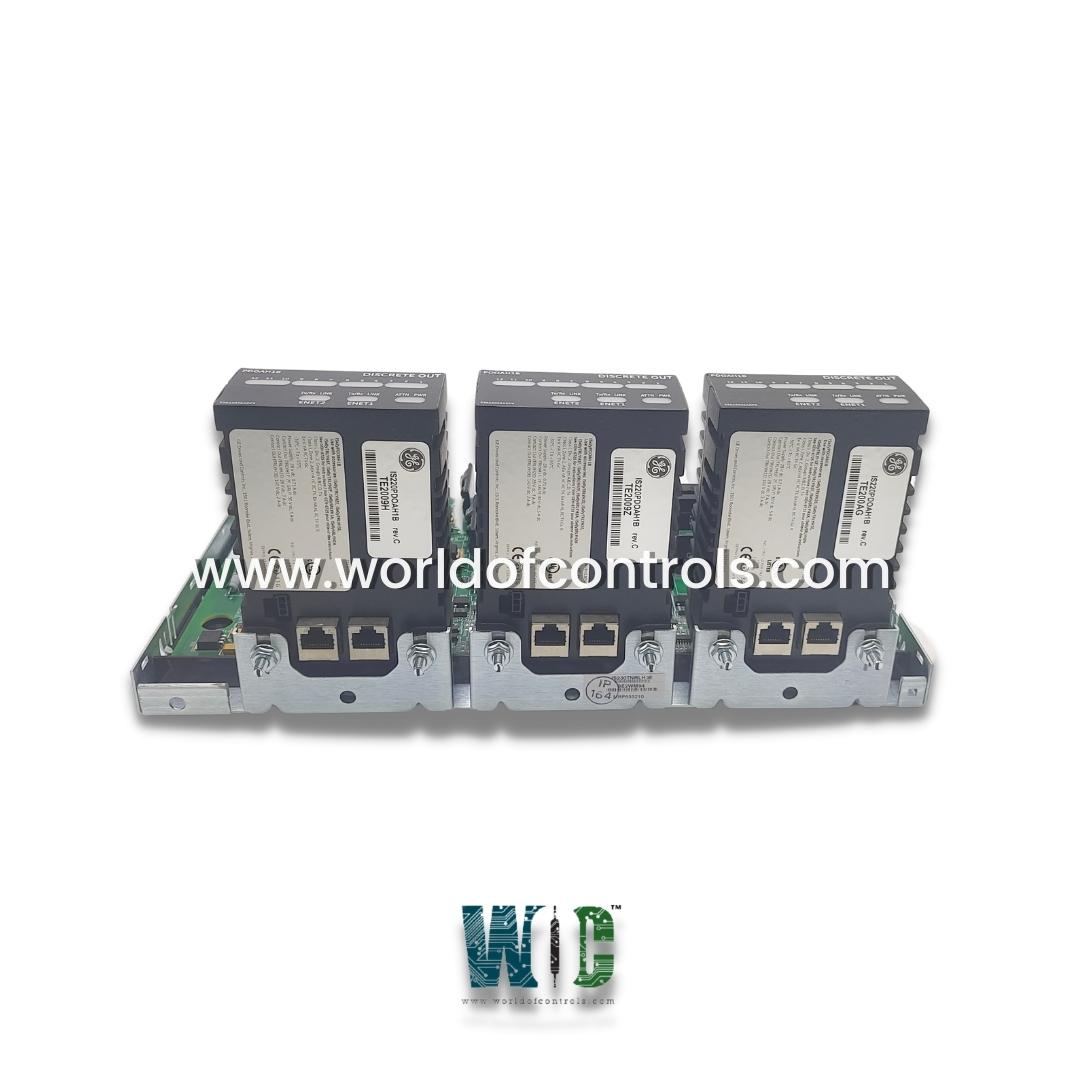
World Of Controls understands the criticality of your requirement and works towards reducing the lead time as much as possible.
IS230TNRTH3D - Resistance Temperature Detector Assembly Module is available in stock which ships the same day.
IS230TNRTH3D - Resistance Temperature Detector Assembly Module comes in UNUSED as well as REBUILT condition.
To avail our best deals for IS230TNRTH3D - Resistance Temperature Detector Assembly Module, contact us and we will get back to you within 24 hours.
SPECIFICATIONS:
Part Number: IS230TNRTH3D
Manufacturer: General Electric
Series: Mark VIe
Product Type: Resistance Temperature Detector Assembly Module
Number of channels: 24
Power supply voltage: 28 V dc
Voltage Range: 14 to 32 V dc
Mounting: DIN-rail mounting
Technology: Surface mount
Operating temperature: -30 to 65°C
Size: 30 cm high x 18 cm
Repair: 3-7 Day
Availability: In Stock
Country of Origin: United States
FUNCTIONAL DESCRIPTION:
IS230TNRTH3D is a Resistance Temperature Detector Assembly Module manufactured and designed by General Electric as part of the Mark VIe Series used in GE Distributed Gas Turbine Control Systems. A Resistance Temperature Detector (RTD) assembly module is a component used to measure temperature by utilizing the principle of electrical resistance. The module typically consists of a sensing element, which is the RTD itself, along with associated circuitry for signal conditioning and amplification. RTDs are known for their high accuracy and stability over a wide temperature range, making them suitable for various industrial and scientific applications. The assembly module ensures proper mounting and protection of the RTD, as well as convenient interfacing with external systems for temperature monitoring and control.
FEATURES:
WOC has the largest stock of GE Distributed Control System Replacement Parts. We can also supply unused and rebuilt backed-up with a warranty. Our team of experts is available round the clock to support your OEM needs. Our team of experts at WOC is happy to assist you with any of your automation requirements. For pricing and availability on any parts and repairs, kindly contact our team by phone or email.
What types of temperature-sensing elements are used in RTD assembly modules?
The most common temperature-sensing elements used in RTD modules are made of platinum, nickel, or copper. Platinum RTDs are preferred for their high accuracy and stability over a wide temperature range.
What temperature ranges are RTD assembly modules suitable for?
RTD modules are available in various temperature ranges, depending on the type of sensing element and application requirements. They can measure temperatures ranging from -200°C to 850°C or higher, depending on the specific model and design.
How accurate are RTD assembly modules?
The accuracy of RTD modules depends on factors such as sensor construction, calibration, and signal processing. High-quality RTD modules can achieve accuracies of ±0.1°C or better under ideal conditions.